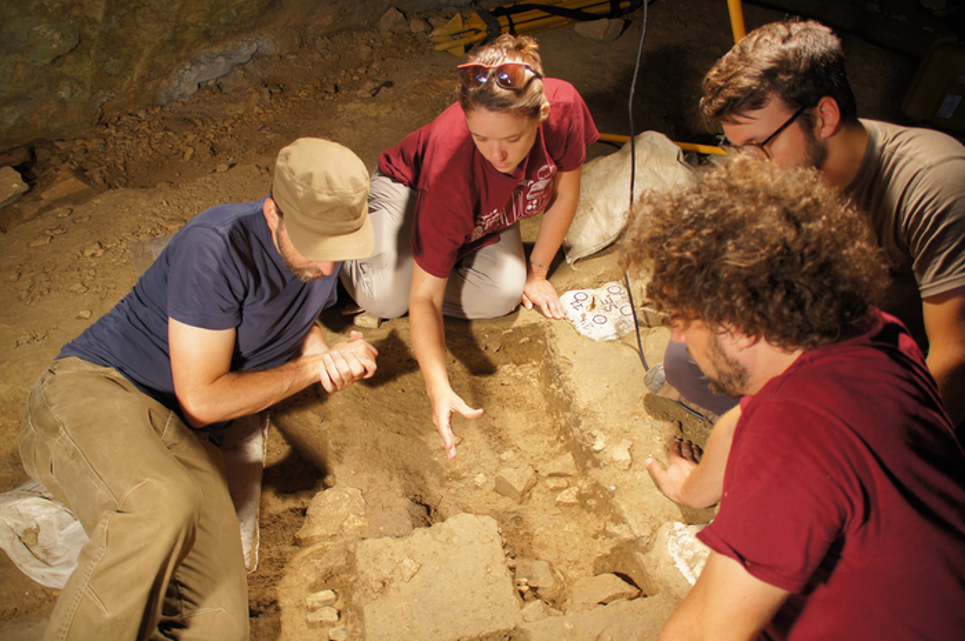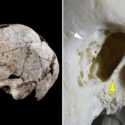10,000-Year-Old Adorned Female Infant Burial Discovered In European Cave
She only lived for a little more than a month. But 10,000 years later, her burial is helping shed new light on her society.
Researchers announced Tuesday that the discovery of infant remains in Italy’s northwestern Liguria region represents the oldest documented burial of an infant female in European archaeology.

The remains of an infant known as Neve were found in the back of a cave adorned with 60 shell beads, four pendants, and an eagle-owl talon.
The discovery gives insight into the funeral practices of the Mesolithic era, also known as the middle period of the Stone Age, from which there are few recorded burials.
And experts say that the richly decorated remains may also help illuminate how the period’s hunter-gatherer society viewed its young and female members.
“The burial of such a young female subject indicates first of all the importance that was given to young individuals and also to females within the Mesolithic hunter-gatherer groups,” Fabio Negrino, an associate professor of prehistoric archaeology at the University of Genoa, who was part of the research team, said in an email to NBC News.
“The presence of perforated shells with traces of prolonged use means that these have been worn for a long time by the adults. These shells were perhaps sewn to her dress.”
The research team’s findings were released Tuesday in Scientific Reports, a peer-reviewed journal.
Negrino said he was first alerted to the cave’s existence in 2006 by the head of a local museum. Still, he only had the opportunity to start investigating it along with other researchers in 2015.
Arma Veirana, as the cave is known, had already been discovered by looters, and their digging uncovered tools that drew researchers to the area. Negrino described the cave as having the shape of a hut with a sloping roof, measuring around 130 feet deep, with a 33-foot-high entrance.
“It is well recognizable even from a long distance,” Negrino said. “Now vegetation covers most of the entrance and the area in front of it, but during the Pleistocene and the Early Holocene, it must have been obvious and represented an essential landmark for the groups of hunter-gatherers who ventured along Neva valley.”

The excavation team was composed of researchers from the University of Colorado and Washington University and universities in Italy, Germany, and Canada.
They discovered the burial site itself in 2017 and fully excavated the infant’s remains in July 2018.
According to the journal article, Neve’s skeleton was heavily damaged and missing significant portions, including most of the mid-abdominal region.
The researchers used cutting-edge technology to examine the remains and date the infant’s teeth, showing that she died 40 to 50 days after she was born.
It also showed that she experienced stress that briefly halted the growth of her teeth 47 days and 28 days before she was born.
“Archeological reports have tended to focus on male roles, and in doing so have left many people out of the narrative,” lead researcher Jamie Hodgkins said in a news release.
“Protein and DNA analyses are allowing us to understand better the diversity of human personhood and status in the past. Without DNA analysis, this highly decorated infant burial could have been assumed, male.”
Sources: ancient-archeology.com



